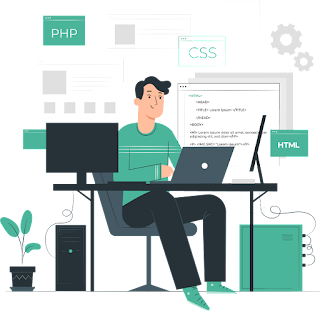How to Hire Node.js Developers: Skills to Look For, Interview Questions, and More

Are you a tech-focused company looking to scale your business and develop cutting-edge web applications? If so, hiring Node.js developers is essential to your success. Node.js is a popular runtime environment for executing JavaScript code server-side, making it an excellent choice for building scalable and real-time applications. However, finding the right Node.js developers can be challenging due to the competitive tech talent market. In this blog, we will guide you through the process of hiring Node.js developers, highlighting key skills to look for and providing valuable interview questions to assess candidates effectively. Essential Skills for Node.js Developers Proficiency in JavaScript: A strong foundation in JavaScript is crucial since Node.js is built on it. Look for candidates who understand modern JavaScript features, asynchronous programming, and can write clean, modular, and efficient code. Experience with Node.js Frameworks: Familiarity with popular Node.js frame
